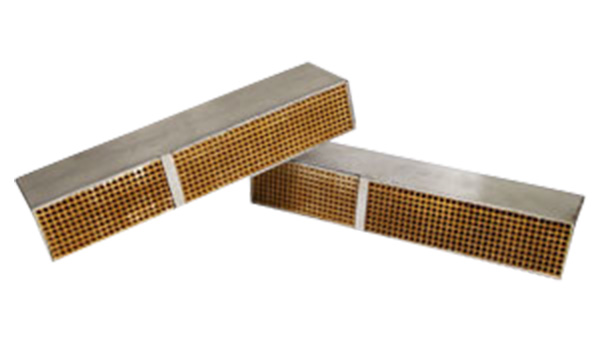A catalytic combustor is a powerful way to maximize the efficiency of your wood stove while making the air cleaner, safer, and more environmentally friendly. If you don’t have a catalytic stove and combustor, they are worth seriously considering. The EPA continues to place greater restrictions on how to burn wood fires in homes, and this fact is making catalytic stoves more popular each year.
This article takes a deep look at the benefits and drawbacks of catalytic combustors and how to clean and maintain it once you own one.
What is a Catalytic Combustor?
A catalytic combustor reburns gasses and particulates emitted from burnt wood. Not all the gases that come off your logs during a fire are spent fuel. The device uses the heat collected by the relit gases and particulates to create yet another burn. As a result, you experience a long list of benefits, like:
- Increased heat efficiency by 10%
- Reduced smoke and air pollution by 20 to 90%
- Longer burns up to 24 hours
- Faster fire starting
- Reduced creosote buildup by 20-90% for safer
- Less ash and more efficient burns for fewer cleanings.
What Types of Units Use a Catalytic Combustor?
The combustors are used on catalytic wood stoves. These stoves have special interiors that house the converter directly above the fire to collect the gases and particulates more easily.
Catalytic wood stoves are common and offered by major brands like Jøtul, Vermont Castings, Hearthstone, and Lopi.
How Does a Catalytic Combustor Work?
Many catalytic stoves work differently. In general terms, it allows gases and other combustibles to reignite at a lower temperature than normal. As a result, the converter minimized and even completely eliminates the loss of efficiency.
A convertor consists of a ceramic or metal, honeycomb design covered with palladium or other material that holds up to extreme heat. When your fire is under 1,000 degrees, such as when you first light a fire, the gases and smoke are collected by the combustor and interact with the palladium or similar material, causing it to burn at a low temperature - as low as 500 degrees.
How to Use Your Catalytic Combustor
The catalytic combustor doesn’t require electricity and works automatically. All you need to do is light and maintain your fire.
Issues to Be Aware of With a Catalytic Combustor
Most issues are more related to the stove than the combustor.
- Catalytic stoves are more expensive than non-catalytic models.
- Catalytic stoves, on average, don’t heat rooms as large as similar-sized non-catalytic stoves.
As for the combustor, issues can arise that reduce its effectiveness, leading to less warmth and more smoke from your chimney.
- Even a well-maintained combustor requires replacing now and again. The average lifespan for the product is 10,000-12,000 hours or 4-5 years. During its life, you will notice issues like dirt, ash, soot, and creosote buildup that will need to be cleaned out to achieve that long of a lifespan.
- Other issues arise that may require replacement, such as more permanent creosote buildup, cracking, and crumbling of the honeycomb structure.
When and How to Install and Replace a Catalytic Combustor
Be sure to review the instructions from your stove model. Here is a basic understanding of the process:
- Put out your fire and wait for your stove to completely cool
- If you have a top-loading stove, lift up the door. You will see the catalyst sitting at the top. You may be able to lift it out freely or you may need to loosen a few anchoring bolts.
- If your stove does not have a top opening system, go through the front glass door and look upwards. The combustor resides above your fire but may sit behind a separated by a perforated piece of metal, in which case simply remove the bolts holding the metal piece. Then slide out your combustor.
- Replace with the new one, following the same process in reverse.
How to Clean a Catalytic Combustor
Regular cleaning is important to achieve maximum life from your combustor. You should plan to do it every six weeks or after each cord of wood (about 128 cubic feet). Catalysts are most often ceramic, but some are metal. Either way, the process is simple:
- Start by removing the combustor.
- Use a soft Brush or a vacuum to clean it to ensure the honeycombs and frame are clear of any dust or ash.
- If you have tougher clogs or your combustor is stainless steel, you can also spray it with a 50/50 solution of white vinegar and distilled water and let it drip dry on a towel or newspaper. Then rinse it again with distilled water and pad it dry.
- Reinstall the combustor.
How to Maintain a Catalytic Combustor
Check your catalytic combustor regularly (how often) to ensure it is clear of obstructions. If any are found, use the cleaning instructions outlined above.
The Catalytic Combustor: Your Tool for Efficiency, Warmth, and a Cleaner Environment
Following the steps above will keep your catalytic combustor working properly to achieve maximum benefits from your catalytic stove. And with simple cleaning and replacement, you can easily ensure it reaches its ideal 12,000 hours of usage.


/1003/site-assets/logo.png)


